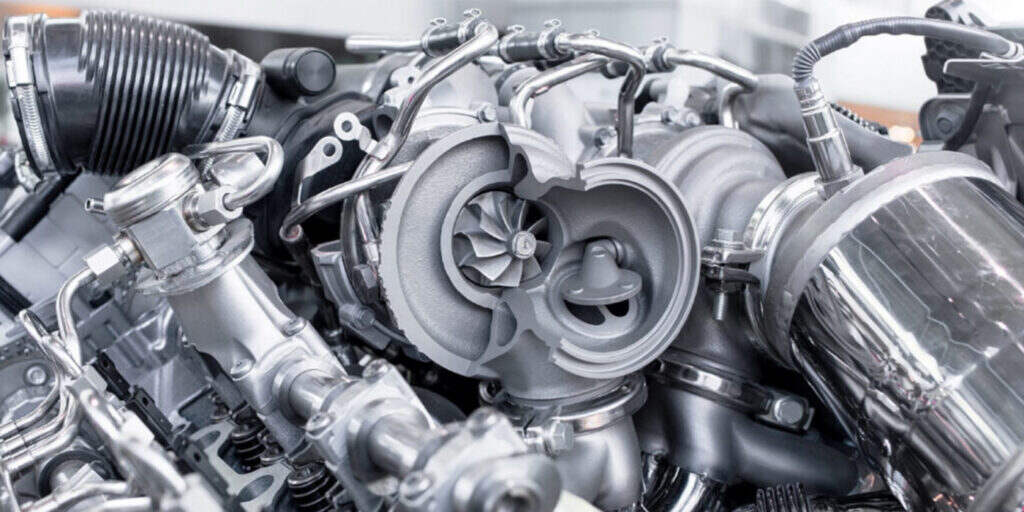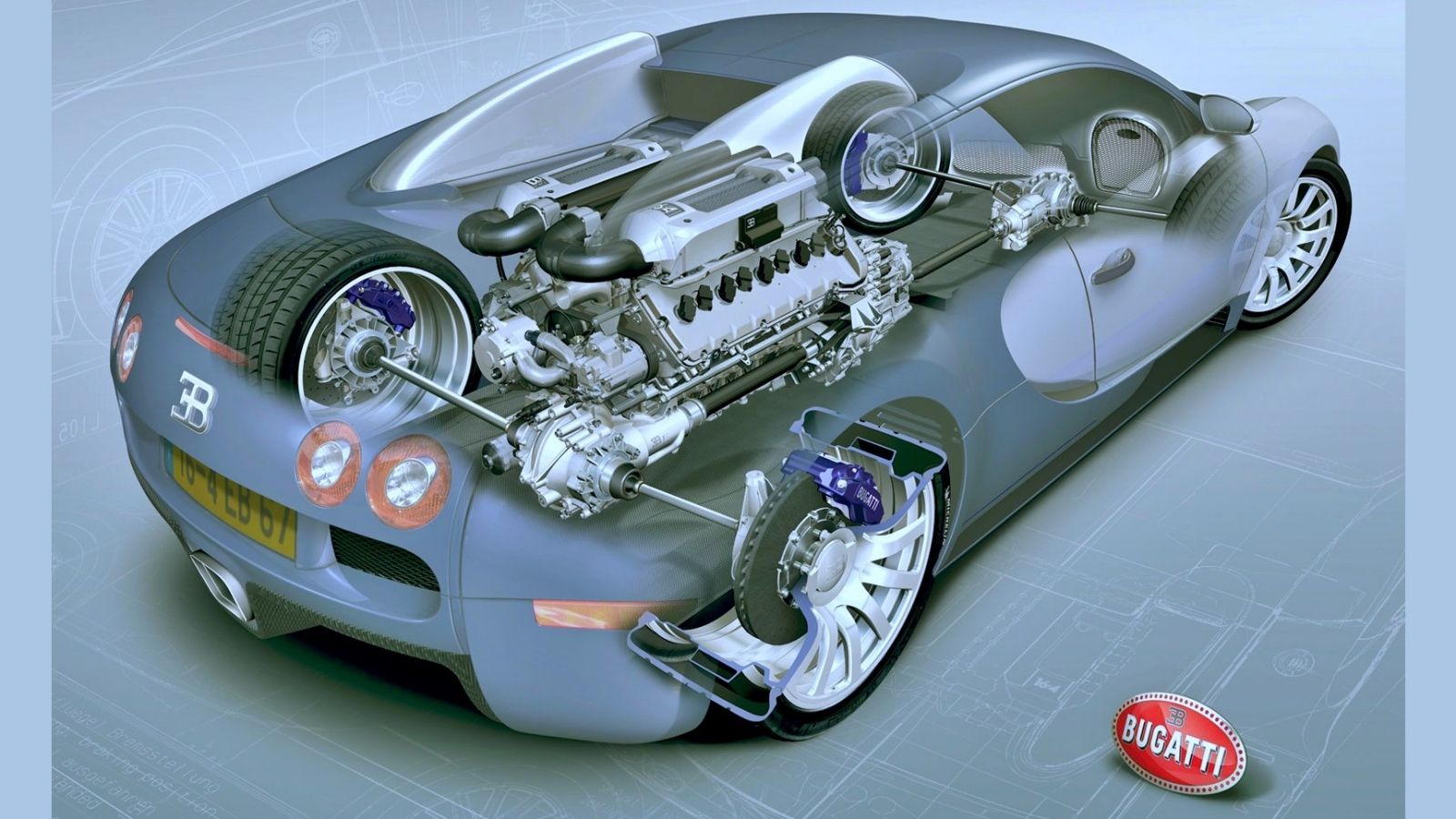Check Out Engines for Africa at Our Extensive Vehicle Parts Store
Check Out Engines for Africa at Our Extensive Vehicle Parts Store
Blog Article
The Mission for Ultimate Driving Power: Examining the Peak of Engine Efficiency and Technological Advancements in the Automotive Field
In the world of automobile engineering, the pursuit of maximum driving power has actually been a relentless mission that has unfolded with the development of engine layout and the assimilation of cutting-edge innovations. From the thorough workmanship of burning engines to the rapid developments in electric propulsion systems, the automobile sector stands at the cusp of a new era identified by unprecedented performance capabilities. As researchers and engineers dive deeper into the realms of computational liquid dynamics and explore cutting-edge gas technologies, the perspective of opportunities increases tremendously. Remain tuned as we decipher the elaborate tapestry of technological advancements that are forming the future of auto power and performance.
Development of Engine Style

Furthermore, the integration of turbocharging and turbo charging innovations has actually changed engine style by improving power without dramatically boosting engine dimension. These forced induction systems press the consumption air, enabling more fuel to be ignited, consequently producing greater power outcome from a smaller engine. This innovation has been particularly vital in boosting the performance of smaller displacement engines while preserving fuel performance criteria.

Performance-Enhancing Gas Technologies
The implementation of advanced fuel innovations has actually dramatically added to improving engine efficiency in modern lorries. From conventional fuel and diesel to cutting-edge biofuels, synthetic fuels, and hydrogen, the automobile market is experiencing a change in fuel options. Biofuels, derived from eco-friendly sources like sugarcane, algae, or corn, deal reduced exhausts and boosted engine performance. Synthetic gas, produced with chemical procedures, supply high octane scores, boosting power outcome. Hydrogen fuel cells, although still in the onset of fostering, show excellent assurance as a result of their zero-emission nature and possibility for high efficiency. Additionally, gas additives and detergents are being created to clean engine components, enhance burning, and minimize friction, therefore enhancing general car efficiency. With continuous r & d, the pursuit for the supreme driving power proceeds, as designers make every effort to open the full capacity of performance-enhancing fuel technologies in the automotive industry.
Developments in Electric Propulsion
Substantial strides in electric propulsion innovation have actually changed the automobile sector, leading the means for a brand-new age of effective and sustainable transportation. Electric automobiles (EVs) are gaining popularity as a result of their environmental advantages and advancements in battery modern technology, enabling longer driving ranges and much shorter charging times. Producers are investing heavily in r & d to enhance the efficiency of electric propulsion systems, focusing on raising power result, boosting energy efficiency, and lowering total weight.
One significant development in electric propulsion is the advancement of advanced electrical motors that deliver higher torque and power thickness, causing enhanced acceleration and general driving efficiency. Additionally, regenerative braking systems have been refined to capture and keep energy during deceleration, further improving the performance of EVs.
Furthermore, the assimilation of smart modern technologies, such as synthetic intelligence and predictive analytics, is optimizing the management of electrical propulsion systems, making sure optimal efficiency under numerous driving problems. These improvements in electrical propulsion are a knockout post improving the automobile landscape, driving the sector in the direction of a much more sustainable and electrified future.
Influence of Computational Liquid Dynamics
With innovations in electrical propulsion pushing the boundaries of auto modern technology, the combination of Computational Liquid Dynamics is playing a crucial role in enhancing aerodynamic performance and boosting total efficiency in car design. Computational Liquid Dynamics (CFD) entails the use of computer system simulations to assess the circulation of air around a vehicle, making it possible for engineers to anticipate just how style modifications will influence aerodynamics without the demand for costly physical prototypes. By accurately modeling air movement patterns, CFD enables for the refinement of automobile shapes to minimize drag, enhance cooling, and boost security.
CFD makes it possible for designers to enhance air movement around components such as radiators, engine bays, and wheel wells, adding to boosted efficiency and total driving experience. In conclusion, the integration of Computational Fluid Dynamics stands for a significant action onward in the pursuit for utmost driving power and effectiveness in the auto market.
Future Patterns in Engine Development
In the dynamic landscape of auto engineering, sophisticated improvements are shaping the future trajectory of engine technology. The future of engine design is marked by a solid emphasis on performance, performance, and sustainability. Producers are significantly focusing on creating engines that not only provide high power results however additionally focus on ecological obligation by boosting and lowering exhausts gas performance.
One prominent look what i found pattern in engine advancement is the increase of electrification. Crossbreed and electric powertrains are gaining traction as practical alternatives to traditional burning engines. These modern technologies provide the capacity for considerable reductions in carbon emissions and enhanced energy effectiveness, lining up with international initiatives to fight climate adjustment.
Moreover, innovations in products science and production strategies are allowing the production of lighter and a lot more durable engine parts. This change in the direction of light-weight materials such as carbon fiber and light weight aluminum alloys adds to boosted performance and gas economic situation.
Final Thought
In final thought, the quest of ultimate driving power in the vehicle market continues to drive developments in engine style, fuel modern technologies, electrical propulsion, and computational fluid characteristics. The advancement of these technologies is forming the future of engine innovation, leading the way for a read this article lot more powerful and efficient vehicles (engines for africa). As the market proceeds to push the borders of what is feasible, we can expect to see a lot more revolutionary growths in the mission for peak efficiency
One of the essential turning points in engine design evolution is the change from standard carbureted engines to modern fuel-injected systems. By specifically metering the gas delivery to each cyndrical tube, fuel-injected engines optimize combustion, resulting in much better performance and minimized ecological impact.
Furthermore, the integration of turbocharging and supercharging modern technologies has transformed engine design by boosting power without significantly raising engine dimension (engines for africa).The execution of sophisticated fuel modern technologies has significantly added to enhancing engine efficiency in contemporary lorries. Furthermore, gas ingredients and detergents are being formulated to tidy engine components, optimize burning, and reduce friction, therefore boosting general automobile efficiency
Report this page